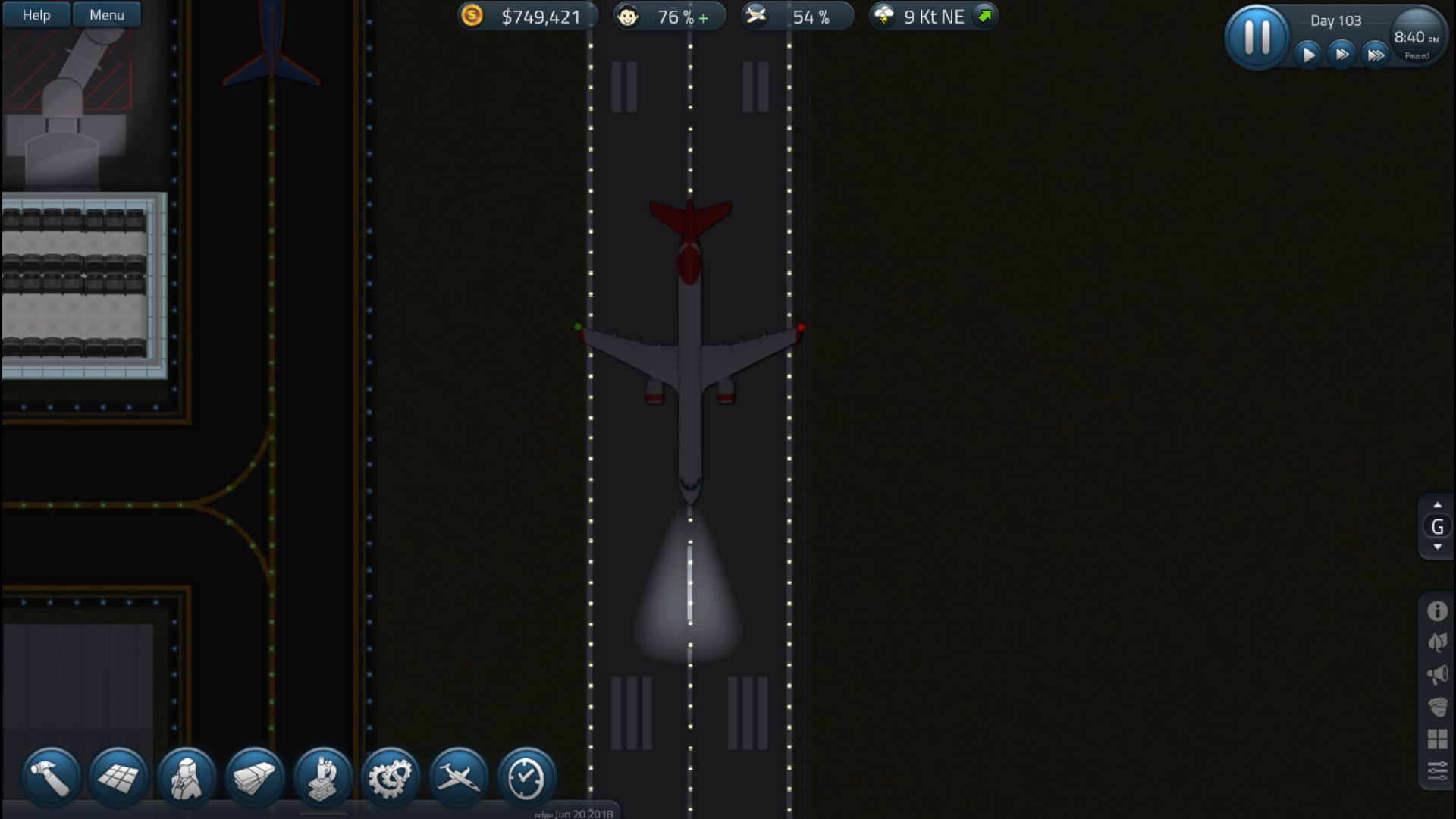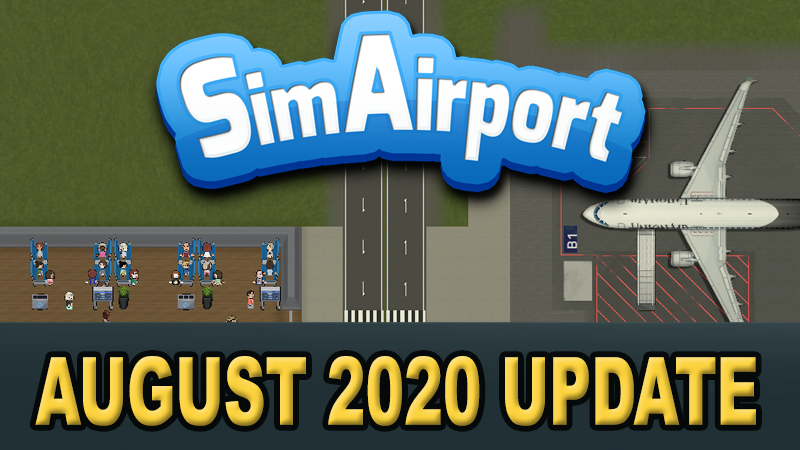
Meanwhile, personalities continued to be calculated on the five scales/star sign model, but gradually more features were added through expansion packs, such as the ability to gain or lose personality points under certain circumstances and the introduction of memories, turn-ons, turn-offs, attraction/chemistry, interests and hobbies. Fulfilling the Sim's lifetime wish would fill their Aspiration bar to the max for the rest of their lives, but (of course) you get a certain amount of time to do this before they croak. Of course, it also lost XXX points every few hours, and if it hit bottom the Sim would have a Heroic BSoD ( Played for Laughs). This corresponded roughly to self-esteem or general mood, and could override a Sim's physical-needs total if it was high enough. These would contribute not only to a Lifetime Aspiration Score, which could be used to purchase various loosely realistic in-game objects (the most basic of which being a literal Money Tree), but also to the Sim's real-time Aspiration meter. In the meanwhile, it also controlled what Wants and Fears would pop up these were general life events, from "Have First Kiss" to "Eat Trademark Favorite Food". Starting with the first expansion pack, this would assign the Sim a ( randomly-generated) Lifetime Wish, which keeps them happy for the rest of their lives if they achieved it. (College aged Young Adults were added in the first expansion pack.) They also came with an "Aspiration," an overall goal for their life: Family, Romance, Wealth, Popularity, Knowledge, and (eventually) Pleasure. Sims now age through various stages-infant, toddler, child, teen, adult, elder -and could be created in any stage except the first. The Sims 2 (2004) introduced three interconnected concepts: aging, Wants and Fears, and Aspiration.The Sims Online (2001) was a MMO based on the first Sims title.Bustin' Out also had a handheld version on the GBA and N-Gage systems, which was more of an adventure game with some visual sim elements, along with certain features from the main games such as fulfilling needs. In the "Bust Out" story mode, your main Sim has lost everything due to the villainous Malcolm Landgraab, so they must advance to the top of their chosen career path, as well as fulfilling other goals and helping out a number of other Sims who've also been wronged by Malcolm. The main gimmick of the game is the ability to "Bust Out", which gave your main Sim the ability to visit their neighbors and interact with them.


#Simairport queue changes Pc
While the first console game was more or less a 3D port of the PC version with a story mode, the sequel had much more depth and personality.

Having said that, there was no aging in the game: children remained children forever, nobody died (unless you caused them to), and once you had made your Sims fat and rich there wasn't much else to do to or with them. Sim personalities worked on a Point Build system using five ten-point scales with a total of twenty-five points to distribute between them: Outgoing/Shy, Grouchy/Nice, Playful/Serious, Neat/Sloppy, Active/Lazy, which tied in with star signs based loosely on the astrological signs of the Western Zodiac an engine that is very receptive to Game Mods. The first game introduced the core features of the franchise: simulation of households a large neighborhood of families you could control and intercontrol purchasing increasingly-expensive and increasingly-efficient household objects a comprehensive house-building feature which even trained architects enjoy using. Here are the main titles in the franchise so far:


 0 kommentar(er)
0 kommentar(er)
